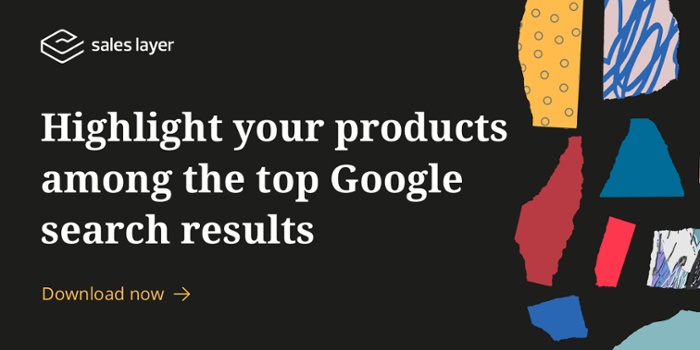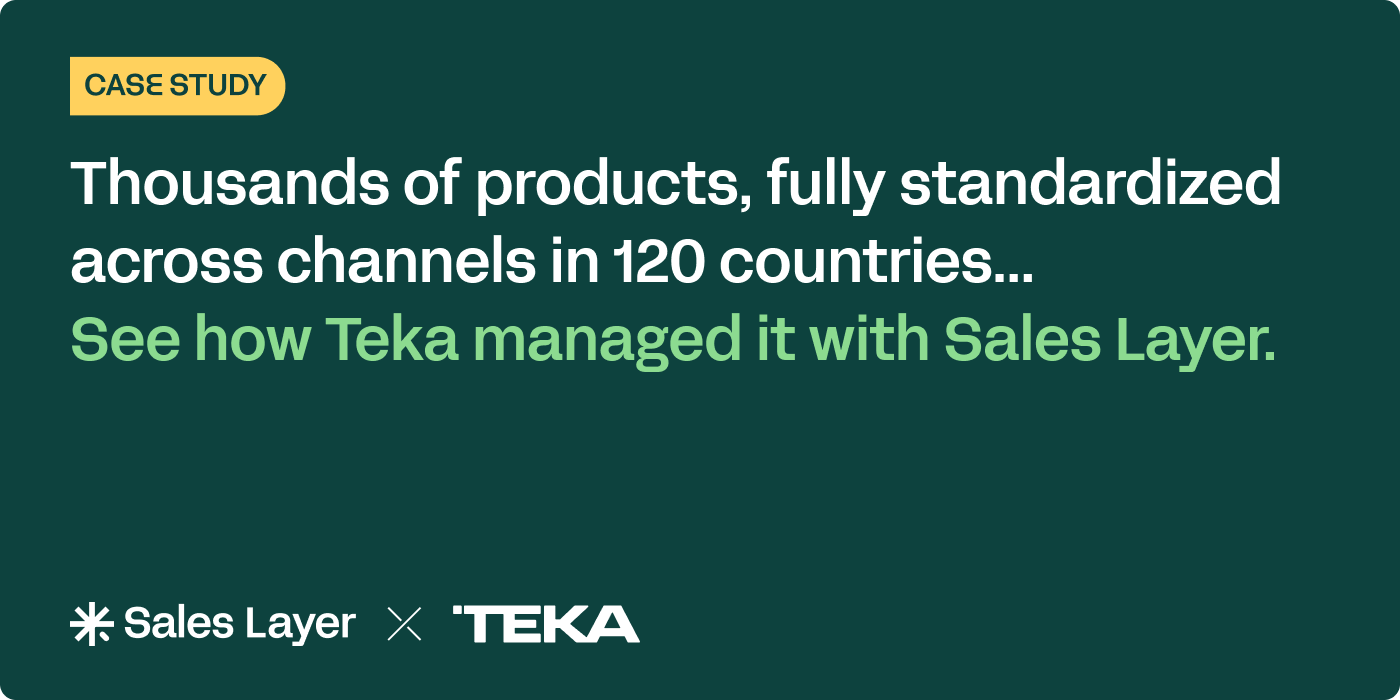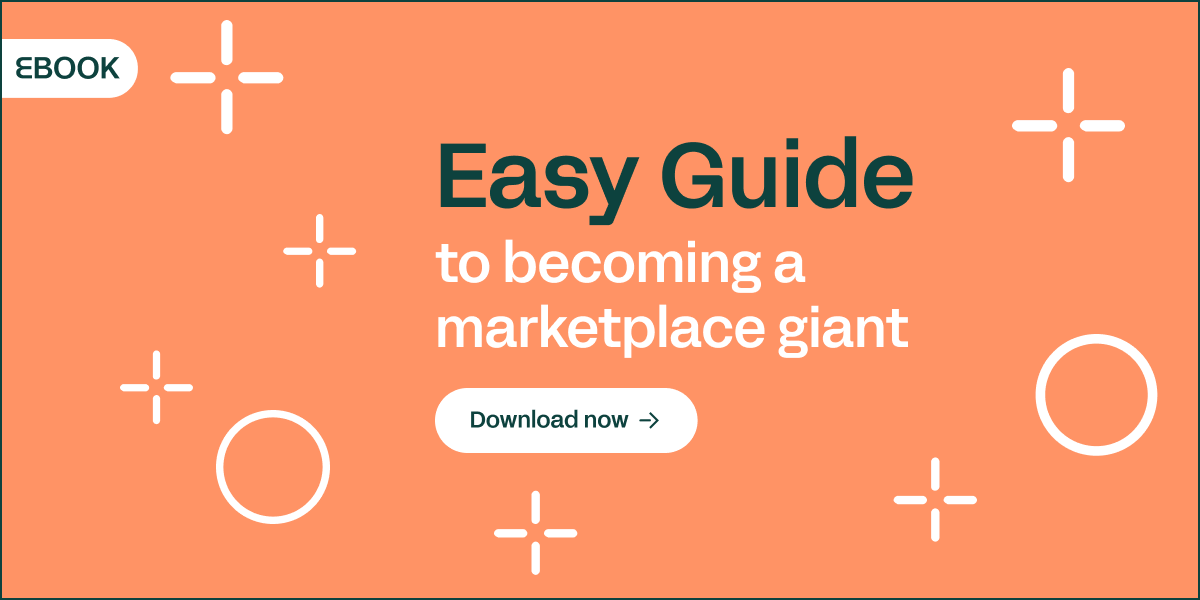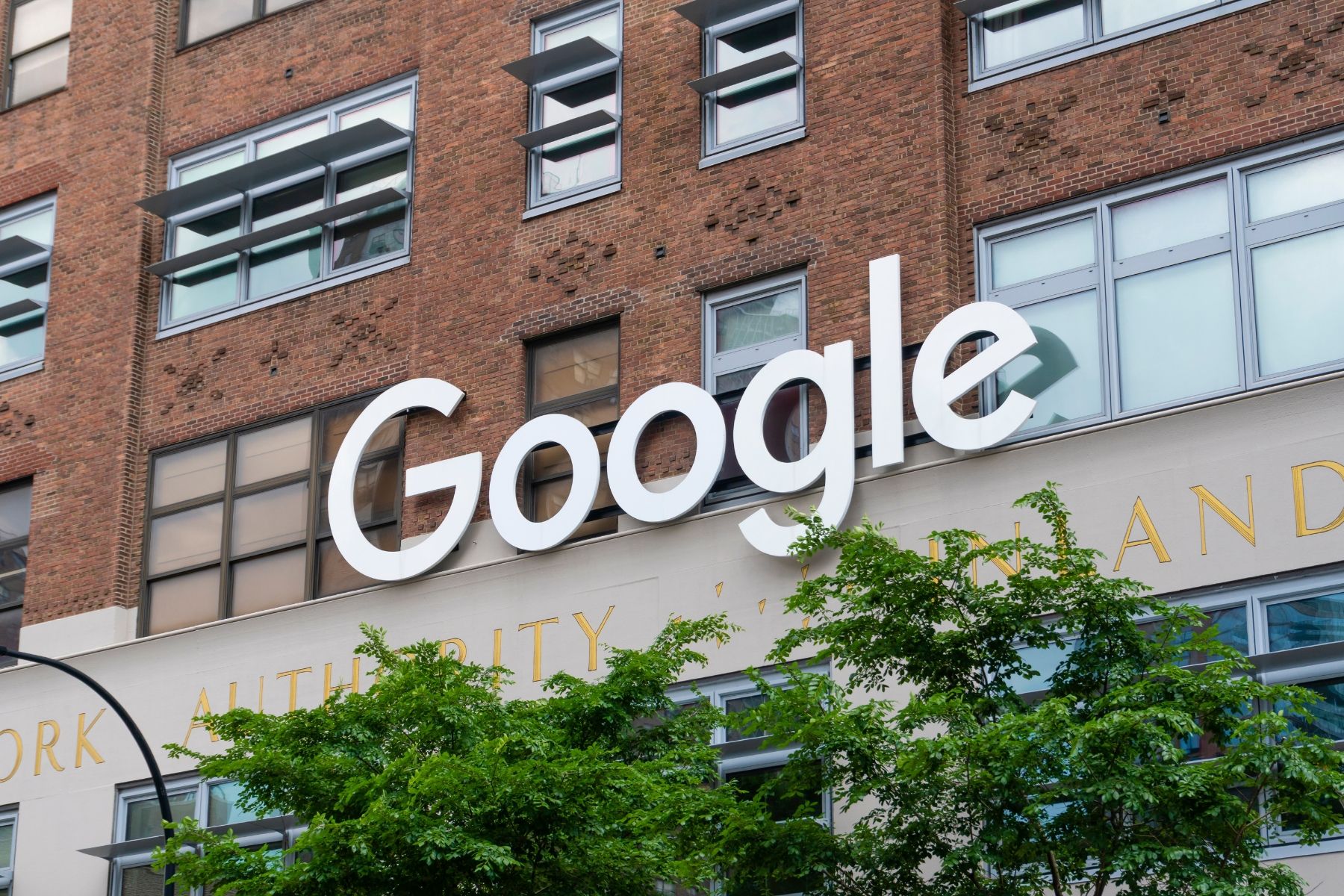
Looking into what seems a very distant future – by 2040, 95% of all shopping will be done through e-commerce channels. Where does all this online shopper traffic come from, and how can you make the right decisions for the longer term?
Here's a hint: 43% of e-commerce traffic comes from organic searches on Google. Regardless of whether or not the predictions for consumer behaviour come true, what’s sure is that positioning on Google is the key strategy for both present-day and future.
The drive toward Google Shopping among manufacturers and vendors will continue: it’s the marketplace with the greatest opportunity for growth and one of the easiest platforms for you to stand out from the competition.
New to this? We’ll show you how it’s done.
Table of contents
- What is Google Shopping? Only the biggest market on the Internet!
- How to link your Google Shopping Ads campaign to Google Shopping
- How to take advantage of Google Shopping extensions
→ If you're a veteran, follow these tips to make your products shine on Google Shopping
What is Google Shopping? Only the biggest market on the Internet!
First of all, in the Google Shopping ecosystem you’ll need to know the difference between three options:
- Google Manufacturer Center: for manufacturers who send own-product information to Google.
- Google Merchant Center: For brands and retailers (who can sell products from other sources, such as an online shoe-shop selling various brands).
- Google Express: Google’s alternative to Amazon, a marketplace for retailers that is more neutral in its operation than other equivalents such as Facebook or even Amazon itself, where users can buy from various websites using a universal shopping cart. To date it’s only available in the United States.
Each seller has to initially create a product account and product feed on Google Merchant Center, where information is collated and managed. Submitting this content to Google Shopping is very simple if you already have your information and materials organised in advance, although it will still be necessary to optimise them according to Google’s requirements. It’s also this data that will be chosen automatically to generate ads in Google Ads, if you choose this option. We'll look into that later.
It’s also possible to obtain information provided by manufacturers directly to Google. There are automation tools available for an easy integration that check the quality of product information sent to Google, such as our own connectors for Google Shopping and Google Manufacturer (check them out here, we are one of Google’s official PIM partners!).
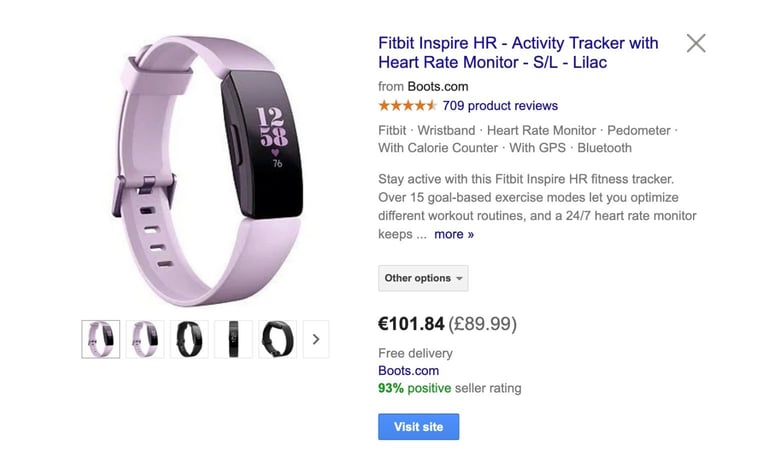
How does Google Shopping work for retailers?
The first steps are very simple, and by gaining access to Google’s enormous exhibition space you can expect immediate and very attractive benefits.
- Google Shopping provides international exposure, not limited to any single country or market (although you are obliged to use an official language of the country where your products are advertised).
- Each seller can connect product information to Google Shopping either via their own systems and sources, like a PIM system, as in the case of an e-commerce platform (Shopify, Magento, Prestashop...), or send it through their API or in TXT or XML format (with a maximum of 4GB per feed).
- The information must be adapted to comply with Google’s regulations (similar to those of Facebook or Amazon, so if your product is already being sold through those channels you wouldn’t need to do much additional adaptation work).
- Product content on Google Shopping should be checked frequently, so it’s useful to have automation software systems that that allow bulk uploads and edits to the catalog being displayed.
- The search is based on aggregated products, which users can compare, and each image links to buying the item on its original product page.
- Sellers pay Google by CPC (cost-per-click).
- The purchase is always completed on the seller's website (pay-per-click or affiliated products are not allowed). Buyers’ data must be protected and pages with SSL must be used.
- Purchase, shipping and returns policies are as detailed by the seller on their website.
How to link your Google Shopping Ads campaign to Google Shopping
It’s worth bearing in mind that Google Shopping and Google Ads, like Amazon-style global marketplaces, work better for physical products and retail than for services.
In theory, the Google system is very democratic, or egalitarian – a user enters one or more search terms into Google Shopping and it scans for products that are most relevant to that request.
As far as buyers are concerned, this may appear to be simply convenient technology, however for marketers and retailers it’s a mystery: how does Google choose which products to display and in what order?
As there’s no obvious formula and the algorithm is continually being refined, each expert will have his own optimisation principles over and beyond the basic rules (Google only chooses products that meet its product information requirements, are standardised and show high quality images).
Actually if you want to gain greater visibility it’s essential you submit the good quality product content that’s so highly valued by Google.
Secondly, you can contract ads that drive users from other platforms toward Google Shopping links. These ads will appear in organic SERP listings of the Google search engine, but they can also appear in Google Shopping, Google Search Partner websites, and related social networks such as YouTube.
Once you’ve activated both Google Merchant and Google Ads accounts, the next steps to launching your first campaign are not complicated:
- Assign a name to your campaign.
- Link it to your Google Merchant account and country of application.
- Choose which products will be included in your campaign (all, or apply a filter).
- Indicate your budget and adjust the type of bids per ad.
- Define campaign priority if you are launching several in parallel.
- Select type of ad display: default or customised.
- Specify more restricted geographical areas for your ads.
- Add local inventory ads if they are linked to physical shops.
Once created, your campaign can host various types of ads, which can be combined and readjusted as the performance of each type is analysed, as well as according to area and target demographic group.
Product Shopping Ads
Each ad shows only one product and image. This is the most common type of ad on Google Shopping, appearing most often when users search for specific items, as such specific search terms will more easily match the product data. Their cost is calculated by CPC.
Showcase Shopping Ads
These are similar to the previous ads, the difference being that they show more than one image, with several products from the same feed and category. This makes them more attractive and they can generate more conversion, since often buyers may not be persuaded by just a single image or option. They are charged by CPE or cost per share (when the user opens the ad for 10 or more seconds, or clicks on it).
Local Inventory Ads
These are localised ads targeted at users of a particular geographic area. They tend to be very useful for retailers who want to attract visits to products with stock located in nearby physical shops. Their links will lead to further information about the specific address of a shop with product availability. The pricing of local ads is also based on CPE.
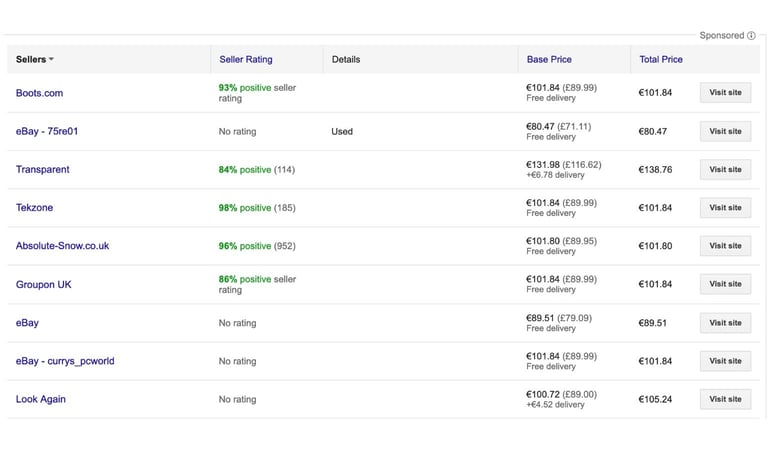
The next important step is to define the demographic target well, so you can get exposure that’s not just extensive but to the right audience. Reaching lots of users and paying for a large number of clicks that don’t lead to purchases would end up terribly wasteful for your brand.
Google Ads allows you to select your target audience according to:
- Age
- Sex
- Income
- Parental status
- Interests (Google can detect a user's interest in a topic by their history of searching and clicking on other ads and links)
- Intention (Google can also deduce whether a user has a particular plan, as determined by the frequency of certain types of search, such as homes for sale or holiday destinations)
- Remarketing (to users who may have visited your ads or website previously)
After all these preparations, which will have taken up most of your time, automating your campaign tracking can be quite fast and easy with the appropriate complements and services. Otherwise, you will have to assign people to review the ads’ evolution and adjust values on a daily basis.
And of course, try to avoid making these big mistakes in Google Shopping Ads:
- Creating content with illegible language (using emojis or replacing characters with symbols).
- Linking to websites that are under construction or maintenance.
- Publishing prohibited content (counterfeits or illegal, dangerous or offensive products).
- Using ads that are dishonest or that redirect to low-quality websites.
- Storing user data irresponsibly or without consent.
- Exceeding the limits on restricted products (adult or political content, alcoholic drinks, or gambling)
How to take advantage of Google Shopping extensions
Google Lens
In 2017, Google Similar Items started to aim at the fast-growing trend among online shoppers: visual search. The next step for Google, after having shown huge success on other platforms such as Pinterest, was to incorporate this option into all Google search methods.
Using Google Lens, users can carry out searches starting with an image. Any photograph, whether saved from a website or a social network, taken with a mobile camera or received from a contact, can be attached to Google Lens to search for similar images or suggestions related to specific elements; usually of items of clothing or accessories, or identification of plants, animal breeds and buildings, or timetables of stations and establishments, etc.
There doesn’t seem to be any special formula for products hosted on Google Shopping to appear as top suggestions in Google Lens, except for the recommendations already noted about Google’s preference for products labelled and categorised with as much accuracy as possible according to Google's terminology.
What Lens does confirm is the importance of product images and that the product should be clearly identifiable in the main photograph, avoiding any strange angles.
Until now, it was the user who could take his time to evaluate whether the product shown in a photograph impressed or persuaded him, but nowadays it’s a machine (using an artificial intelligence system) that’s doing the scanning and needs to identify a product’s attributes at first glance.
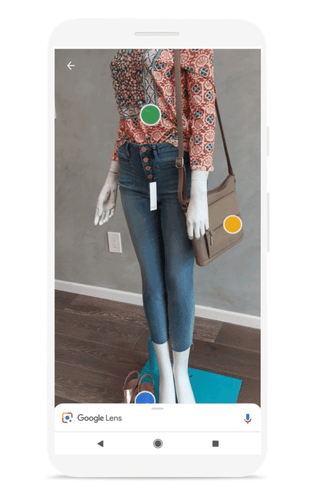
Google Ads extensions for sellers
Using the main e-commerce platforms, sellers can add extra information to their Google Shopping ads. The most popular extensions, supported by Google, allow complementary promotional texts to be shown, such as tags showing products on offer, or additional information attractive to the buyer such as the condition of free shipping if their order exceeds a minimum spend.
Another valuable extension is that of seller ratings, whereby Google Shopping shows those products with higher scores among its top results. In order to be included and to improve their positioning, your products must average over 3.5 stars and have this extension associated to them, showing the average score obtained from customer reviews from Google Shopping and other reliable online sources (like TrustPilot).
Conclusion
It's certainly the case that positioning your products in Google Shopping is an essential strategy for e-commerce in 2019, and a great way to gain more traffic to your own website without competing with a marketplace or investing in sales fees.
The key lies in getting yourself equipped with Google-backed software, which guarantees you’ll submit high quality, up-to-date and automatic product information that will allow you to gain better positions in Google results and thus higher sales. Want to move on from being a beginner in Google Shopping? Try our free 30-day trial and access our exclusive connectors.


